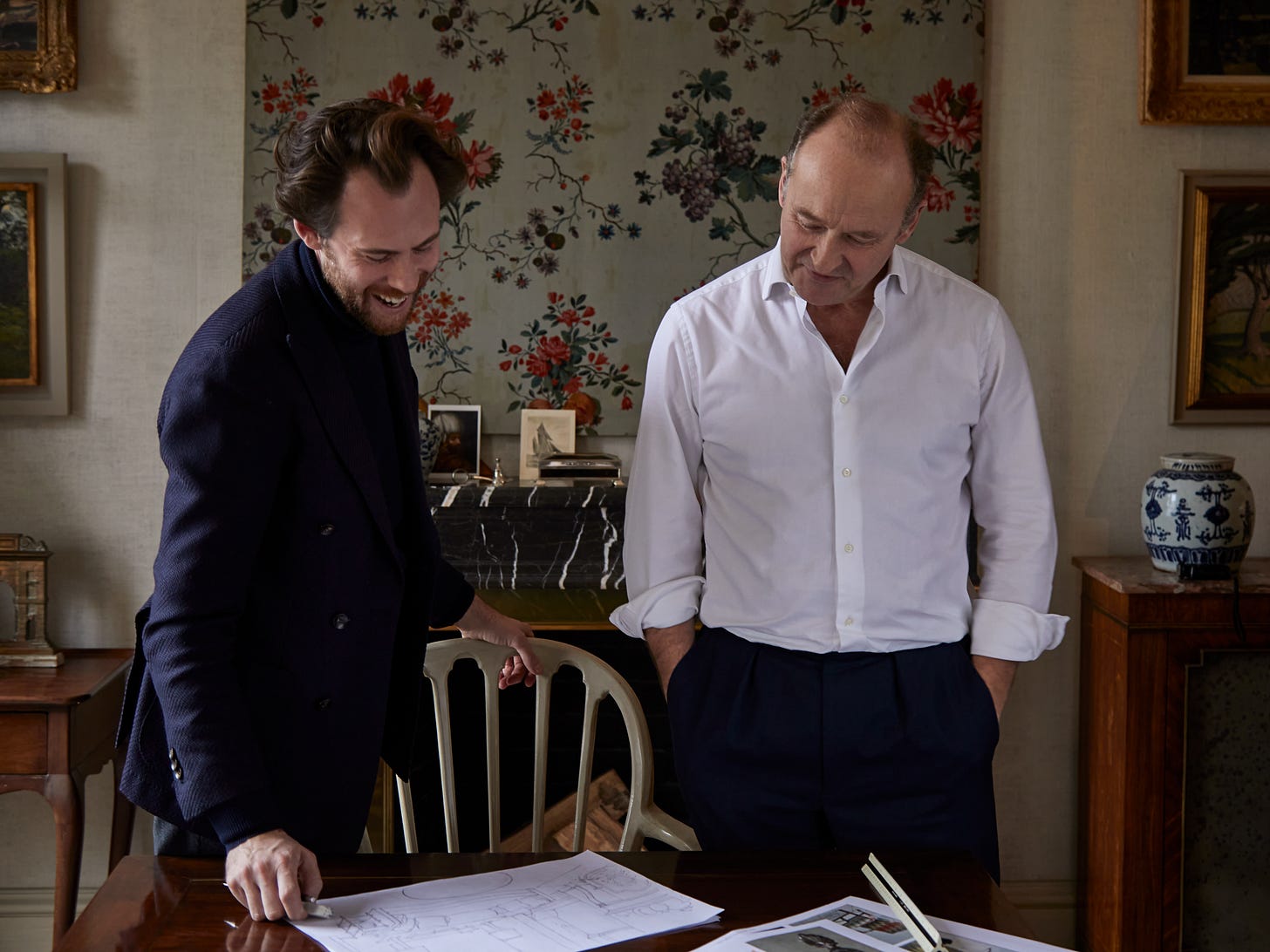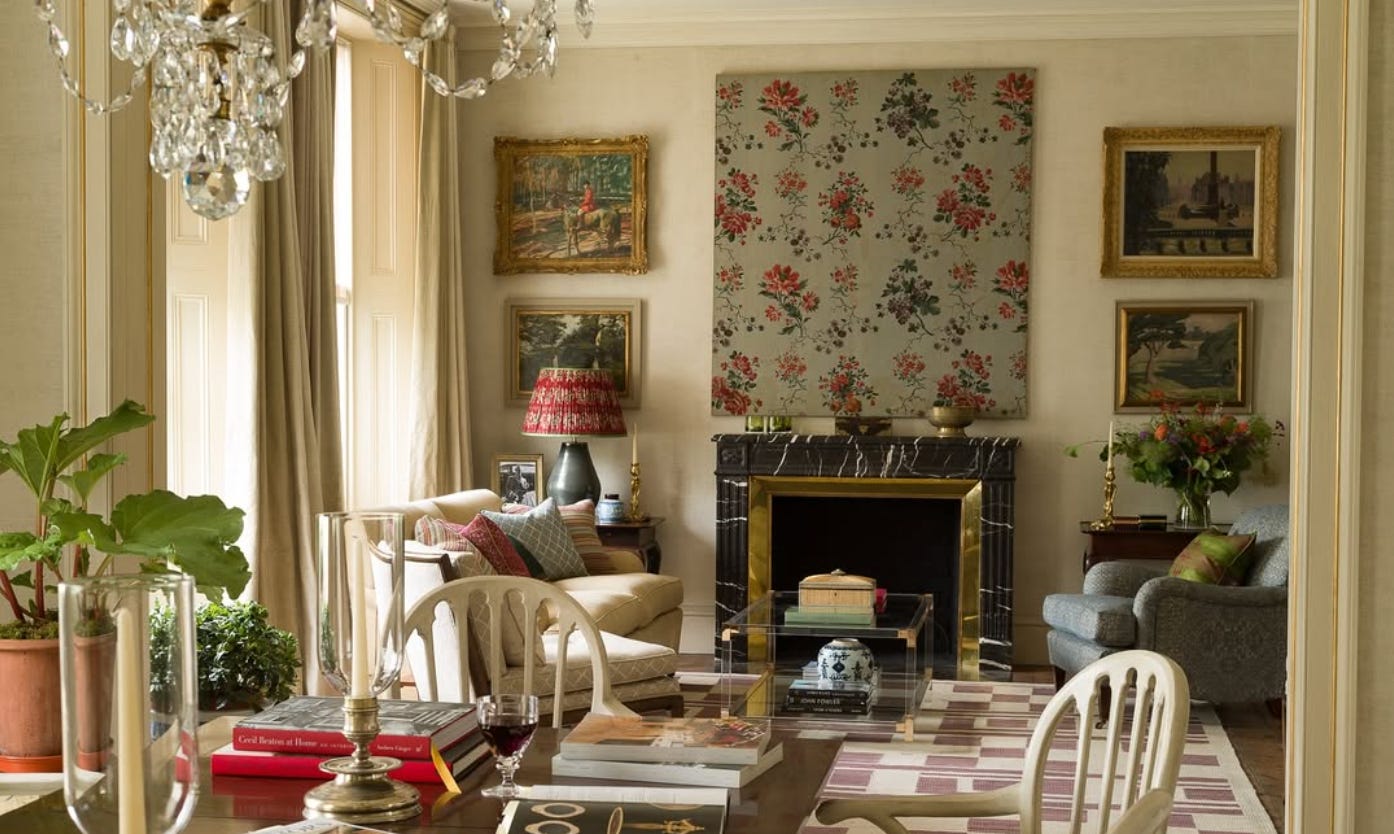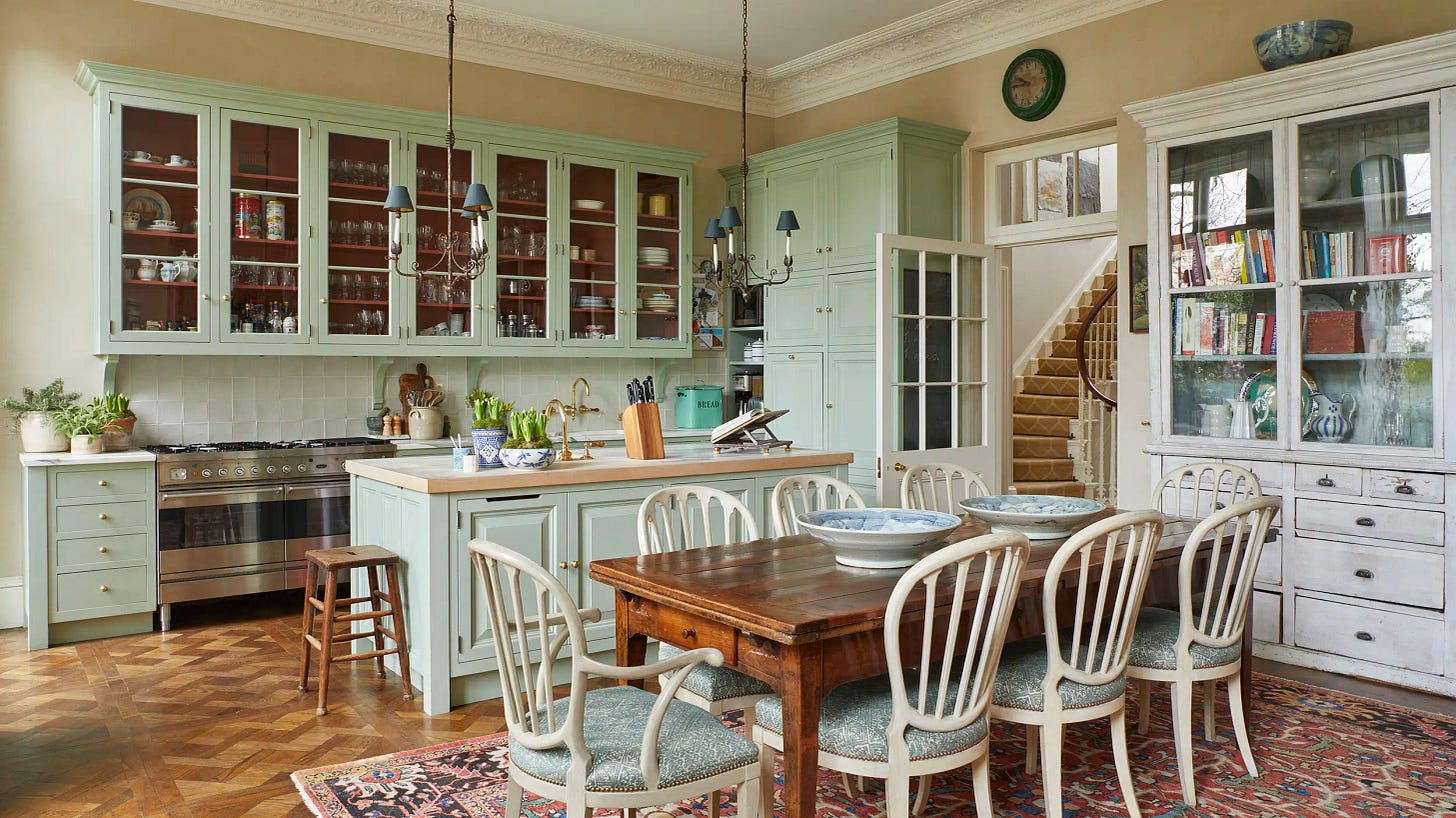The Case for Imperfection in Design — A British Perspective
Steven Rodel, of the British design house Guy Goodfellow, on patina, age, and the art of creating spaces with soul
At W Design, we’ve always admired how British designers create spaces that feel “perfectly imperfect.” The rich history and character of UK architecture continue to inspire us, and we love learning more about the perspectives and processes behind that signature style. We had the chance to interview Steven Rodel of the London-based design firm Guy Goodfellow—and today, we’re excited to share part of that conversation with you.
Guy Goodfellow is a London-based interior design firm led by Guy himself alongside Creative Director Steven Rodel. Known for respecting architectural heritage while bringing in a sense of contemporary elegance, the firm has earned a place on House & Garden’s Top 100 and Country Life’s list of Britain’s best interior designers.
In this Q&A, Steven opened up about his thoughts on “perfectly imperfect” spaces, the beauty of patina and age, his design process, and the artisans and sources that inspire him. We can’t wait for you to dive into this conversation—it’s a good one.
#1 What does the phrase “perfectly imperfect” mean to you in the context of interiors?
It’s that point where comfort meets character—where a space feels lived in, settled, and completely at ease with itself. A perfectly imperfect room is never too polished or self-conscious; it’s layered and relaxed, with the odd clash, frayed edge, scuff, or irregularity adding to its charm rather than taking away from it.
#2 Why do you think imperfection is often more inviting or beautiful than perfection?
Because it takes the edge off. A flawless space can feel cold and untouchable, but the gentle wear in a timber floor or the soft fade of a favourite fabric signals that the room is one that is used and enjoyed. Imperfection adds humanity, and humanity makes people feel at home. It is also much softer on the senses, your eye moves across the room and tells a story of all the conversations and lives that have passed through it rather than feeling like a stark gallery space.
#3 How does your design process account for aging—of materials, furnishings, or the house itself?
We design with the long view in mind. Just as we layer patterns in a considered hierarchy, we choose finishes and fabrics knowing how they will develop over time. Brass will deepen, oak will mellow, and textiles will soften and a patina of time will develop, all part of the evolving harmony of a home.
#4 In your view, what gives a space soul?
Soul comes from a mix of history, craftsmanship, and personality. It’s in the antique mantel re-homed in a new building, the cast-iron radiator left proudly on show, the chintz that’s been reupholstered rather than replaced. It’s a space where every element earns its place, and nothing feels like a set piece. It’s also an uncontrived lack of perfection, with some pieces that don't necessarily fit - that belong there because the inhabitants love them, and that makes them work.
#5 Are there certain materials you find become more beautiful as they age?




